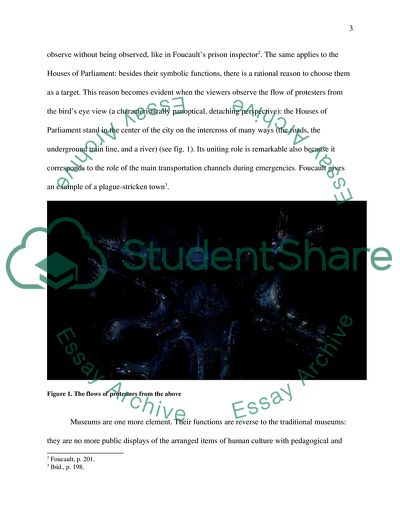Cite this document
(Thinking about Surveillance in the City Essay Example | Topics and Well Written Essays - 2500 words, n.d.)
Thinking about Surveillance in the City Essay Example | Topics and Well Written Essays - 2500 words. https://studentshare.org/visual-arts-film-studies/1793264-thinking-about-surveillance-in-the-city
Thinking about Surveillance in the City Essay Example | Topics and Well Written Essays - 2500 words. https://studentshare.org/visual-arts-film-studies/1793264-thinking-about-surveillance-in-the-city
(Thinking about Surveillance in the City Essay Example | Topics and Well Written Essays - 2500 Words)
Thinking about Surveillance in the City Essay Example | Topics and Well Written Essays - 2500 Words. https://studentshare.org/visual-arts-film-studies/1793264-thinking-about-surveillance-in-the-city.
Thinking about Surveillance in the City Essay Example | Topics and Well Written Essays - 2500 Words. https://studentshare.org/visual-arts-film-studies/1793264-thinking-about-surveillance-in-the-city.
“Thinking about Surveillance in the City Essay Example | Topics and Well Written Essays - 2500 Words”. https://studentshare.org/visual-arts-film-studies/1793264-thinking-about-surveillance-in-the-city.


